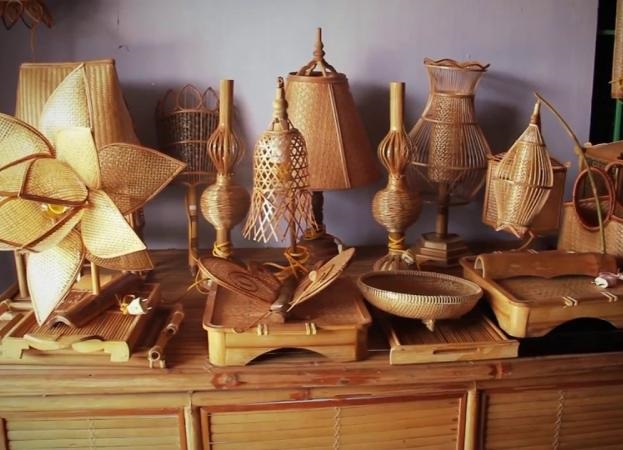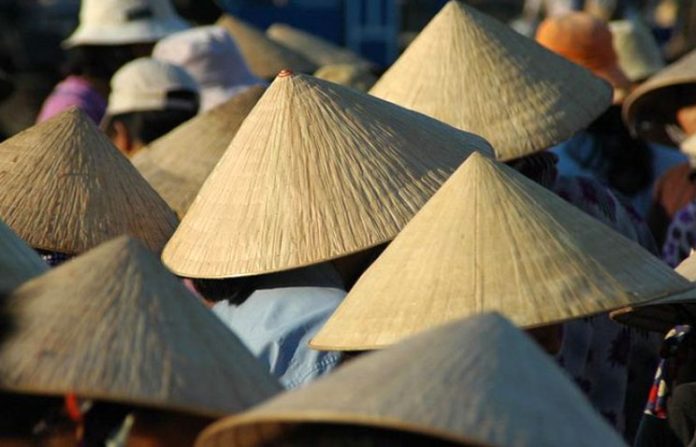Vietnam is a land known for its rich cultural heritage and traditional craftsmanship. Among the many symbols that embody Vietnamese culture, the bảie stands out as an iconic and enduring one. This conical hat has been worn by generations of Vietnamese people, serving both practical and cultural purposes. In this article, we will delve into history, craftsmanship, and versatility. And cultural significance of the bảie, shedding light on why it has continued to cherished as a symbol of Vietnam.
History of the Bảie
The origins of the bảie have traced back to ancient Vietnam, where it was commonly worn by farmers and workers in the rice fields. Over time, the hat has evolved and adapted to the changing societal needs and influences. During the feudal period, the bảie became associated with social status, with more elaborate designs reserved for the nobility. It also became a symbol of national identity and unity, representing the Vietnamese people’s resilience and perseverance.
The craftsmanship of the Bảie
The craftsmanship involved in making a bảie is a testament to Vietnamese artisans’ skill and dedication. The hat is traditionally crafted from palm leaves and bamboo, and carefully selected for their durability and flexibility. The process starts with gathering and drying the palm leaves, which are then cut into thin strips and shaped into the iconic conical form. Skilled craftsmen weave these strips together, using traditional techniques passed down through generations, resulting in a hat that is both functional and aesthetically pleasing.
The versatility of the Bảie

The bảie’s practical uses extend beyond protecting its wearer from the sun and rain. Farmers and fishermen rely on it for shade and to shield themselves from the elements during long hours of work. The bảie has also found its way into various aspects of Vietnamese culture. In art and fashion, it is often depicted in paintings, sculptures. And traditional costumes, adding a touch of elegance and authenticity. Additionally, the bảie has become an iconic symbol in Vietnam’s tourism industry, attracting visitors who want to experience its cultural significance firsthand.
Also Read: Balsam Hill: A Celebrate Christmas Tree, Coupons & Deals
Cultural Significance of the Bảie
Beyond its practicality, the bảie carries deep cultural significance in Vietnamese society. It has associated with values such as grace, and humility. And simplicity. The hat’s gentle curve and flowing lines symbolize the elegance and poise admired in Vietnamese culture. Moreover, the bảie is an integral part of traditional ceremonies and rituals, often worn by musicians, dancers, And actors, adding a touch of tradition and authenticity to these performances.
A Timeless Symbol
In a rapidly changing world, the bảie has managed to maintain its relevance and popularity. It represents a connection to Vietnam’s past and serves as a reminder of the importance of preserving cultural heritage. The bảie’s enduring appeal lies in its ability to adapt and evolve while staying true to its roots. It continues to be embraced by Vietnamese people of all ages, not only as a practical accessory but also as a symbol of national pride and identity.
Closing
The bảie is more than just a conical hat. It embodies the spirit and traditions of Vietnam, capturing the essence of its people and their way of life. By understanding the history, craftsmanship, and versatility. And the cultural significance of the bảie, we gain a deeper appreciation for the heritage it represents. Let us celebrate and preserve this iconic symbol, ensuring that it remains a cherished part of Vietnam’s cultural tapestry for generations to come.

